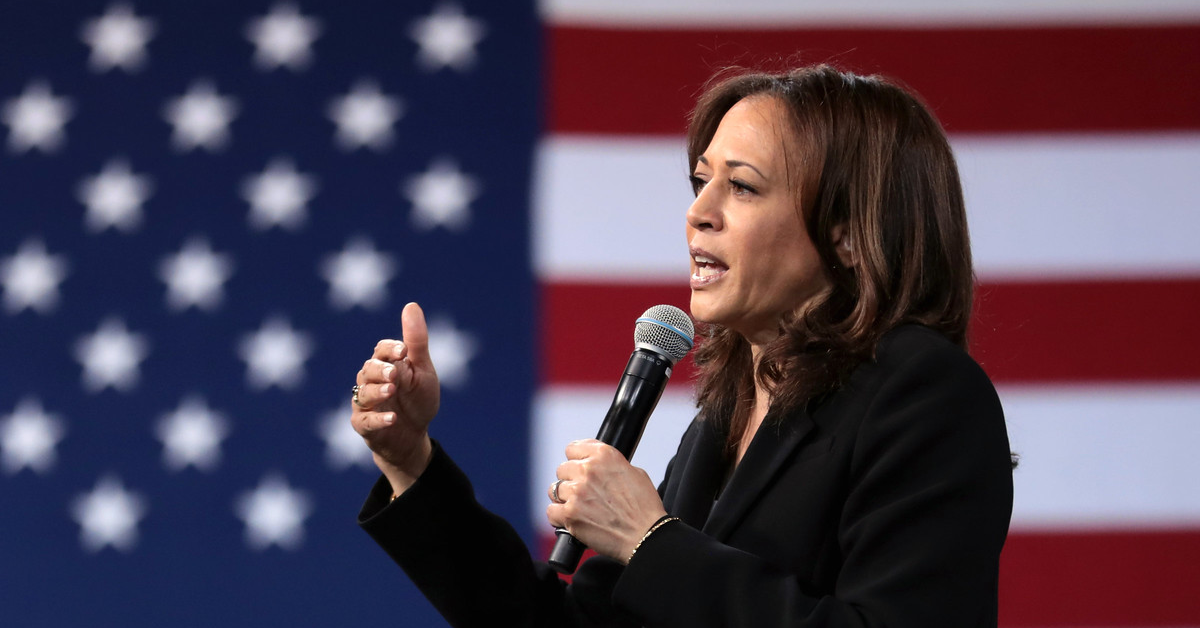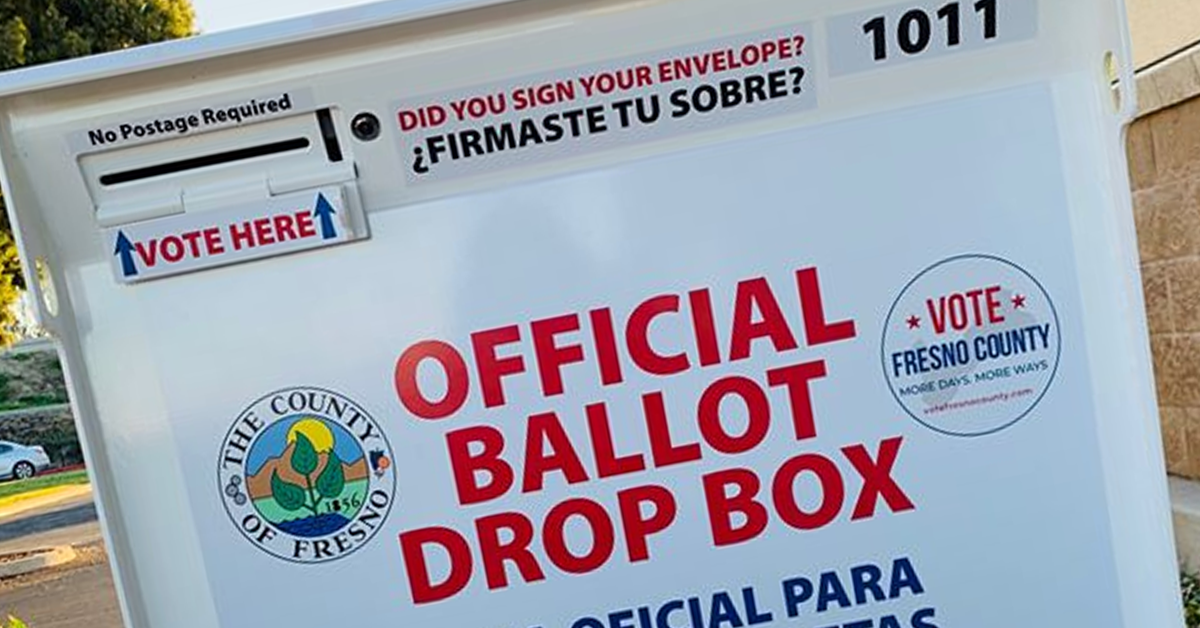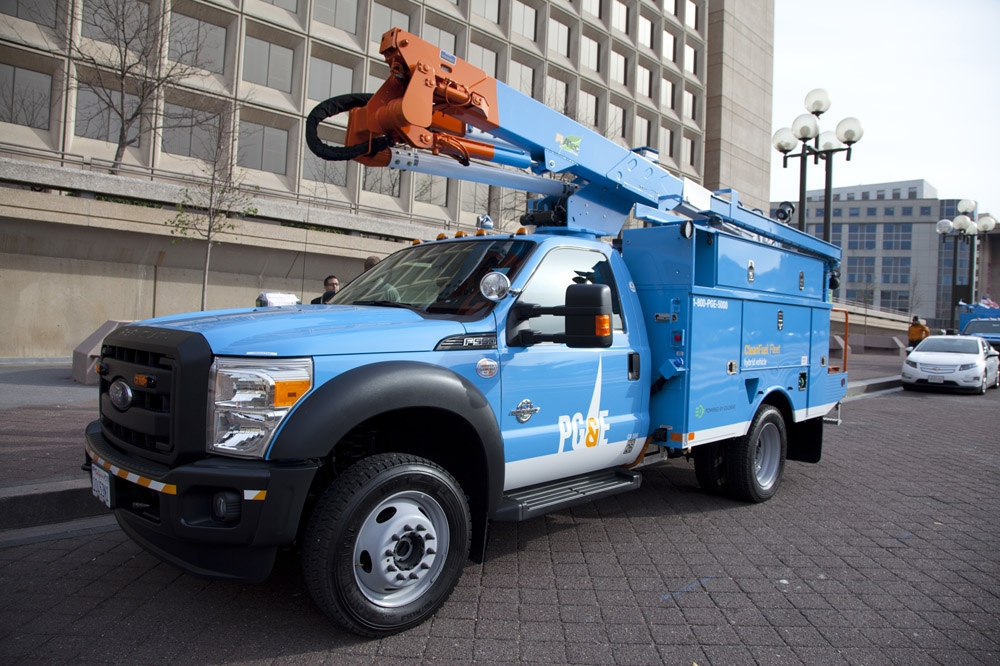California has spent $18.5 billion on affordable housing in the past year, resulting in 57,000 units.
Monday, the Assembly Budget Subcommittee on Accountability and Oversight held a hearing on how Gov. Gavin Newsom has directed spending for housing.
The big picture: Of the 57,000 units developed for affordable housing, 10,000 have been completed.
- Department of Housing and Community Development Director Zachary Olmstead told the subcommittee that 22,000 units are currently under construction, while the remaining 25,000 or so units have been awarded by the state but have yet to break ground. Those remaining units may be seeking their final round of fundraising, for example.
- In total, it’s about 2,000 more units supported by the state than this time last year.
Go deeper: Olmstead said the data presented Monday does not reflect a number of funding announcements that the state will make soon, such as the 2023 Multifamily Finance Super NOFA program, which should increase the total by around 5,000 units.
- There are also another 4,000 or so units assisted by federal funds.
- The average cost for Project Homekey units – the state’s affordable housing program that targets the homeless population – is around $250,000 to $300,000 per unit.
- The average affordable housing cost in California’s coastal regions ranges from $450,000 to $700,000 per unit.
What they’re saying: “We are buying 55 years of affordability,” Olmstead said. “So when you hear that cost per unit, that is the one time cost per unit, but we are getting that benefit over generations and many many households. So it’s not as simple to say, ‘Hey, it cost this much and we got one household.’ Because we’re not serving one household. You’re serving many many households, many many people over the course of that investment.”
What we’re watching: Monday’s hearing served up a look for how California lawmakers will try to tackle the looming $73 billion deficit, as projected by the nonpartisan Legislative Analyst’s Office.
- “I do agree and also support these projects helping multiple families long-term, but I think we also have to be mindful of the shortcomings that these types of projects do have,” said Asm. Avelino Valencia (D–Anaheim). “And also providing additional resources so that folks don’t stay stagnant in these places and then it’s a way to move up in society as well when it comes to financial means.”
- Asm. Jesse Gabriel (D–Encino) said lawmakers may have to make some difficult decisions in the coming years on where to target housing investments.
- “I think what I’m looking for is relative effectiveness,” Gabriel said. “I understand that there are different subpopulations and different goals with different parts of these problems. I’m very keenfully mindful of that. I think what we’re trying to figure out is in a time of potentially tremendously scarce resources, how do we target investments, and where are we going to get the most bang for our buck? Where are we going to move the needle most? How are we going to help the most people?”











